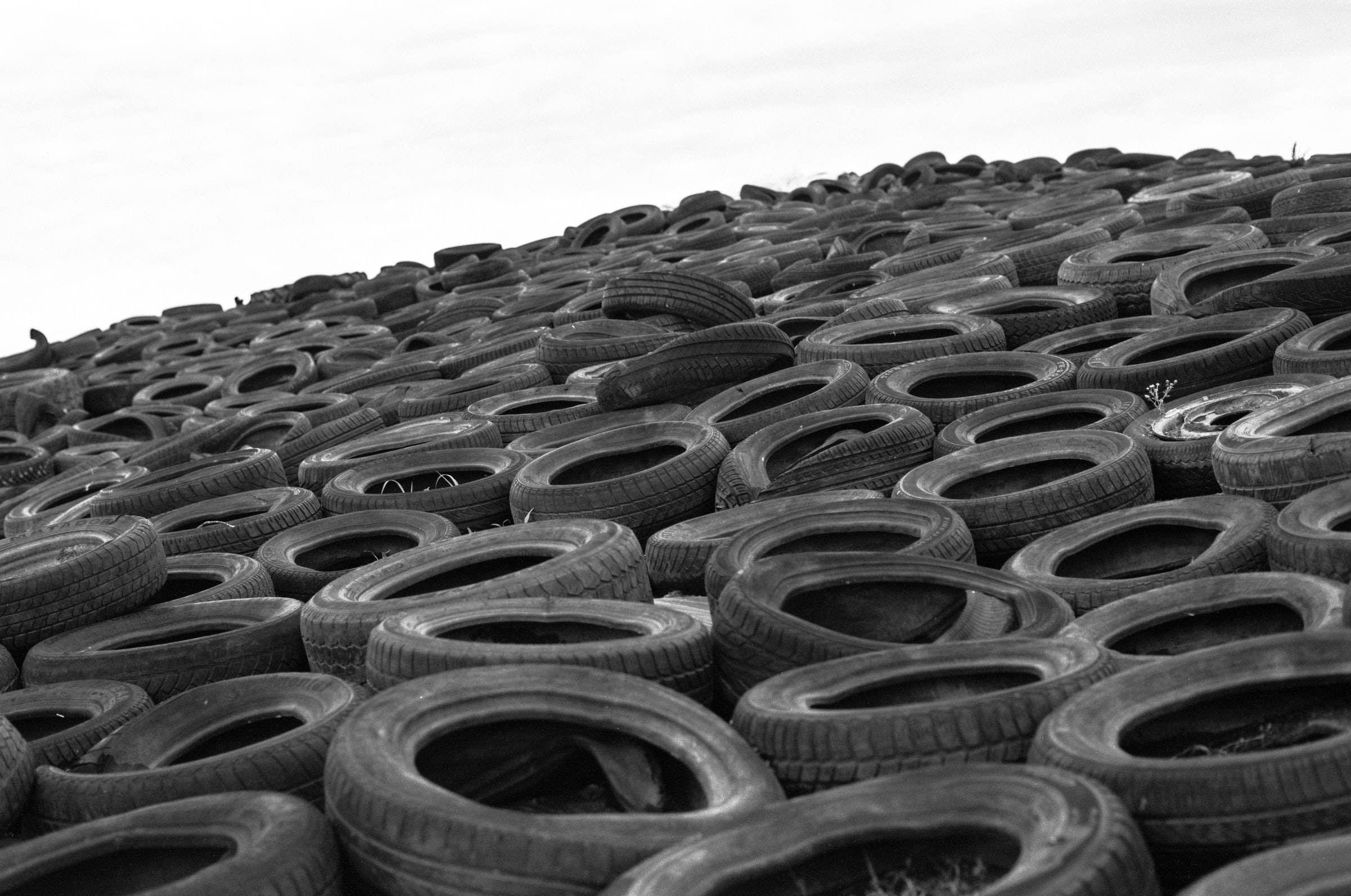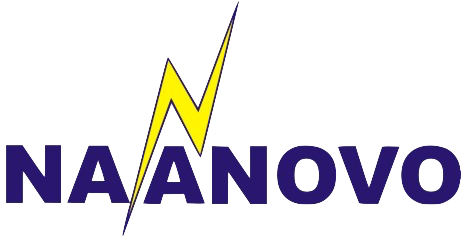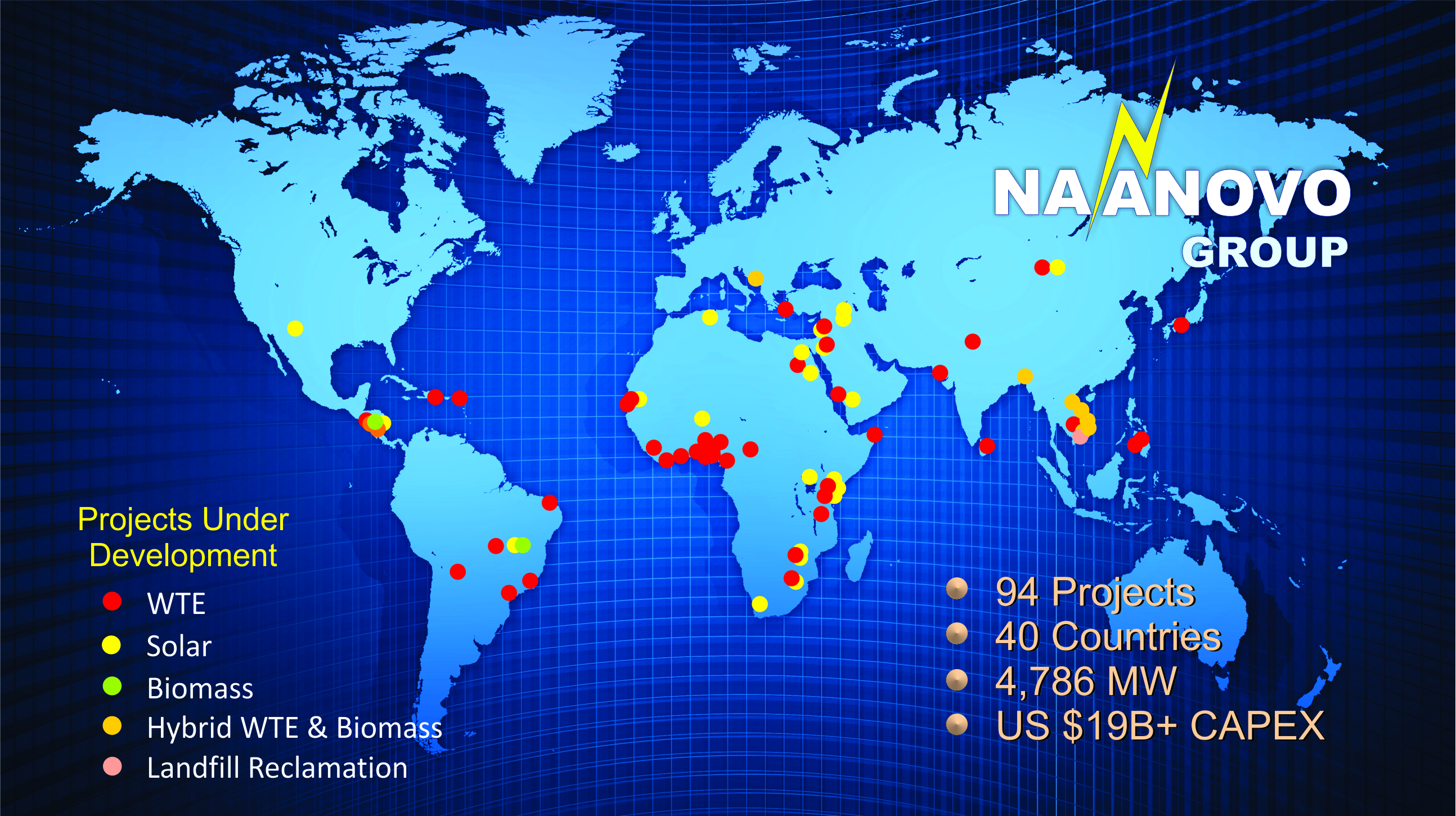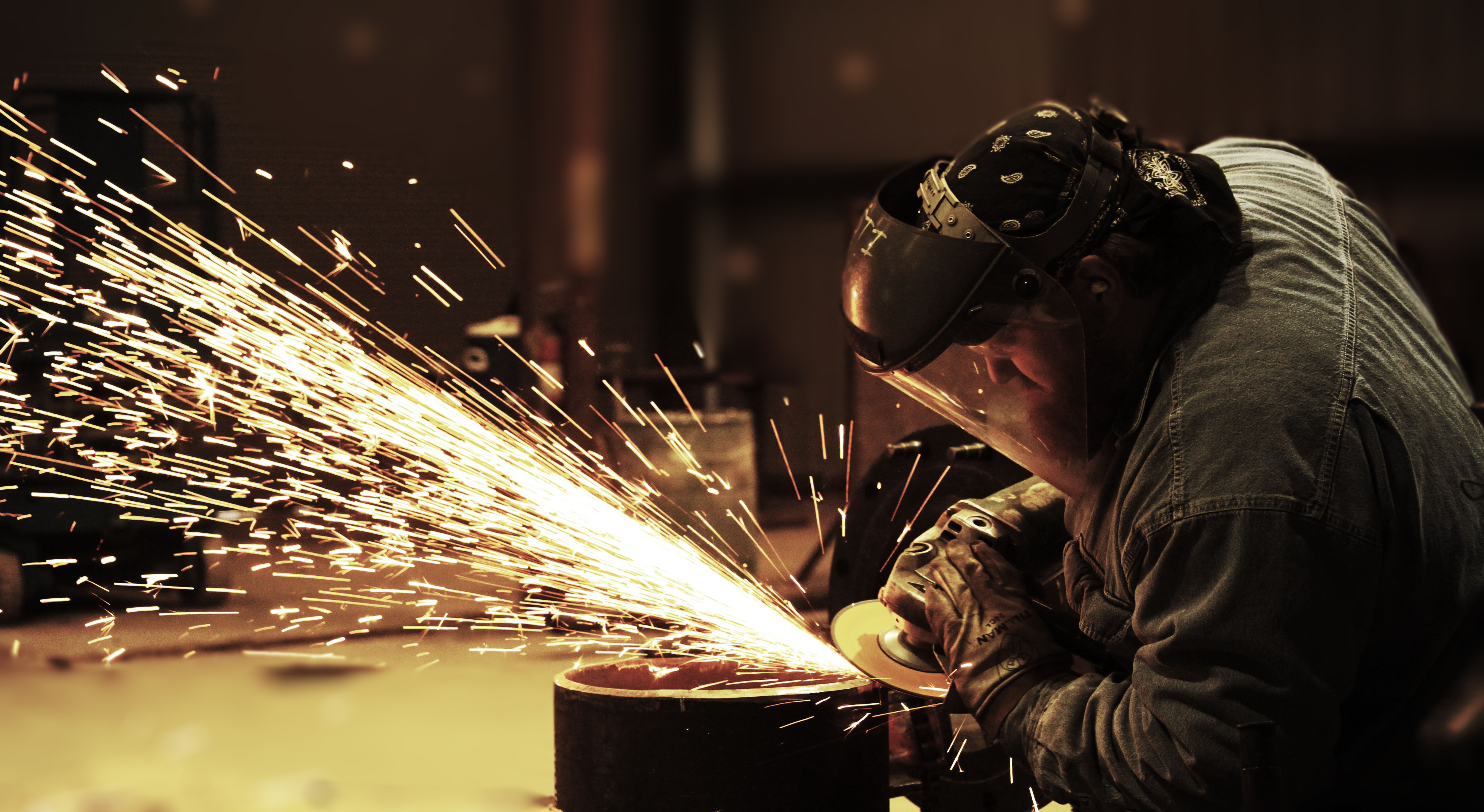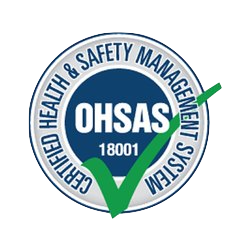Since 2001, Naanovo has been involved in developing renewable energy projects around the world, particularly in emerging markets, with a focus on Waste to Energy, Solar Power and Biomass Power Systems. Naanovo is quickly emerging as a world leader in alternative energy with projects being developed in various regions globally. Although Naanovo has proprietary technologies of its own, the company utilizes “Best Available” and “Best in Class” technologies from various OEMs as necessary.
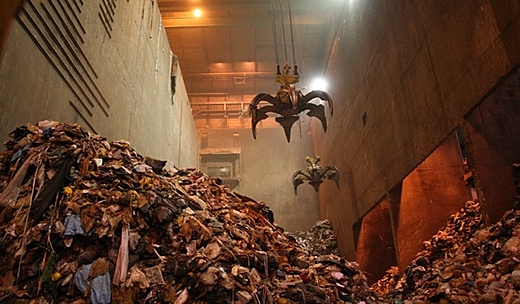
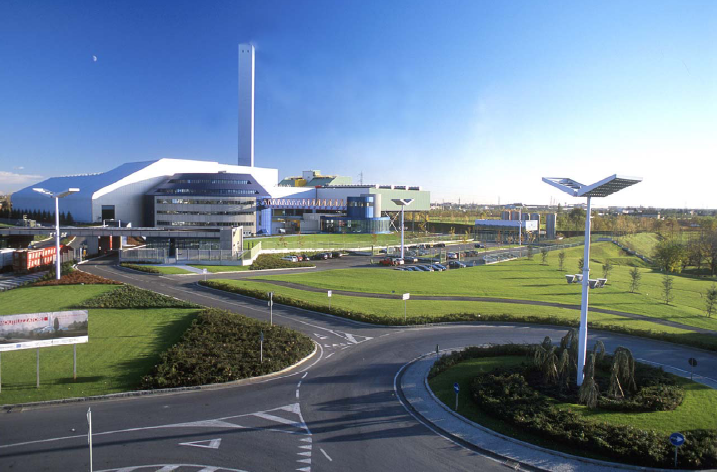
Naanovo's proprietary, modular, WTE/Maax™ systems are recognized as one of the most cost effective and energy efficient WTE solutions in the world today. Most WTE plants convert only 25- 35% of their thermal energy into electricity, whereas Naanovo WTE plants are designed to achieve 40 - 50%. These WTE facilities use modules that can convert 180 – 250 tons of municipal solid waste per day into 7 MW of electricity per hour with near zero emissions, depending on the caloric value of the waste. This advantage, combined with the ability to produce large quantities of potable water and cinder blocks, enable Naanovo WTE plants to provide a more impactful and profitable output than the more traditional WTE plants common in North America and Europe.
Naanovo is a Canadian Company with Swedish technology in its DNA. Naanovo acquired its WTE technology and “Know-How” from a 2002 merger with a Swedish technology company. It also acquired Heat Recovery Steam Generation (HRSG) technology and “know-how” from another Swedish company around the same time. The idea then was to marry the two technologies together to generate more power from the same fuel source by effectively utilizing the heat left over from the primary steam turbine. After years of prototype testing involving its own Organic Rankin Cycle based HRSG system, Naanovo discovered that similar HRSG systems were being manufactured and made available for sale in the market. This allowed Naanovo to shift its focus toward developing WTE projects, using this enhanced design, instead of merely selling WTE technology. What Naanovo has since discovered, after years of working with various OEM systems, designs and technologies, is a better way to improve plant profitability by not only maximizing power sales, but also maximizing revenues from each plant’s byproducts (potable water and ash), hence the name WTE/Maax™. This knowledge and “know-how” has become our advantage.
Municipal solid waste fractions vary from one location to the next. Naanovo designs and engineers each WTE/Maax™ plant to maximize the caloric value available in the waste fractions and to optimise the output of saleable commodities (electricity, potable water and cinder blocks). If necessary, Naanovo can pre-sort the waste into organic and non-organic waste streams to take advantage of optional recycling systems and anaerobic digesters to treat the waste and to maximize the value of saleable byproducts of scrap metal, plastics and fertilizers, as well as energy. As such, WTE/Maax™ plants can easily be integrated into existing recycling programs.
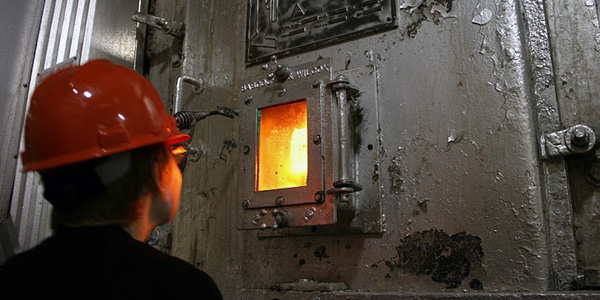
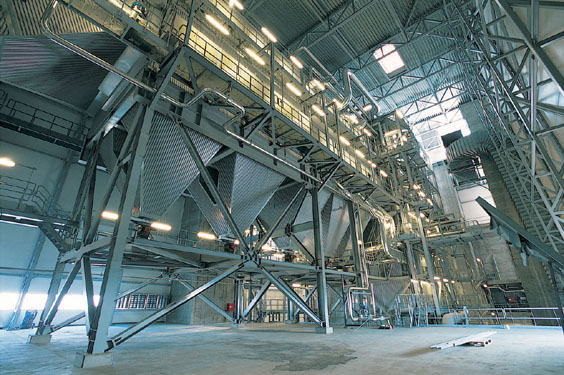


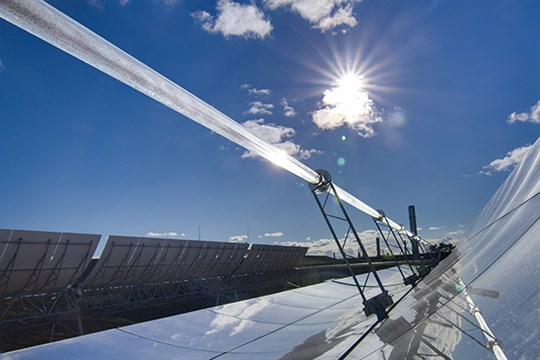
Naanovo has been involved in designing solar power projects since 2006. Initially, Concentrated Solar Power (CSP) projects were the main focus as CSP represented the best value option for large-scale commercial solar power plants, because they could utilize thermal storage to extend the operating hours of the plant after the sun went down thereby improving the project economics. The economics of Photovoltaic (PV) solar technologies have since improved to where PV has become a viable option.
Solar power projects under 10 MW are typically more suited to utilize PV technologies because of the need for economies of scale with CSP. However, PV projects can achieve the same scale as CSP where storage is not necessary. CSP, on the other hand, can achieve up to 15 hours per day operating time with thermal storage and even achieve 24-hour base-load operation when utilizing fossil fuel or biomass to augment steam production within a hybrid-CSP configuration.
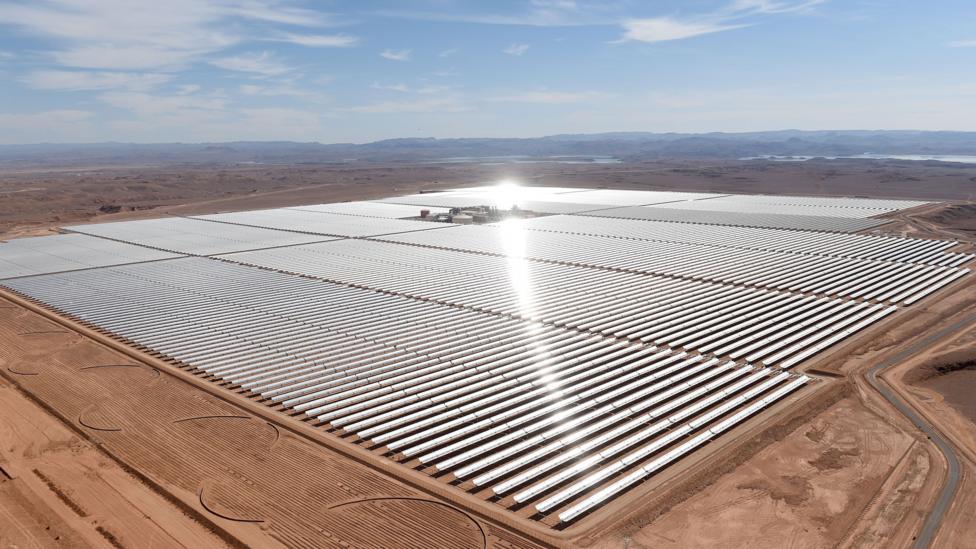

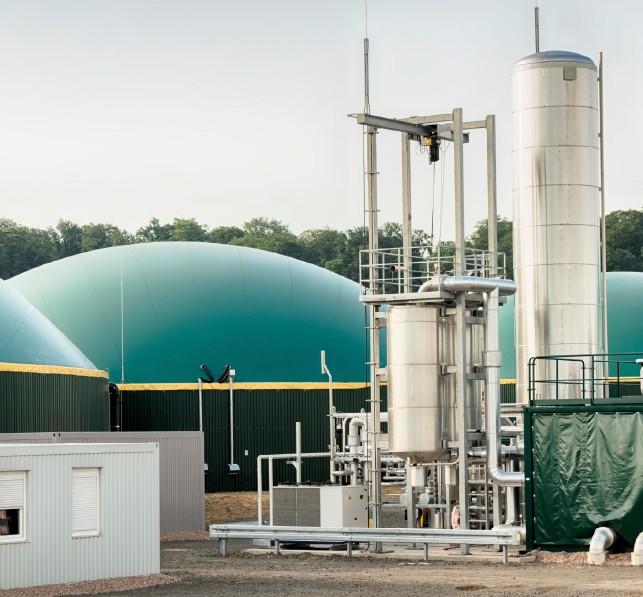
Naanovo’s proprietary biomass gasification technologies involve both anaerobic digestion and combustion depending on the type of biomass feedstock available. For instance, biomass fractions found in municipal solid waste containing high moisture content is better suited to anaerobic digestion, whereas biomass from forest residue, such as wood chips, is better suited to combustion. In either case, maximizing overall plant efficiency in converting the biomass feedstock into saleable energy is the prime objective of BioMaax™.
BioMaax™ is the trade name used by Naanovo for all of its biomass related technologies, including BioMaax™ Biodigesters and BioMaax™ Power Plants. Each biomass project is designed according to the type of biomass available and how much moisture content is contained in the biomass. Plant sizes are designed to be modular with output ranging from 7 MW/hr.
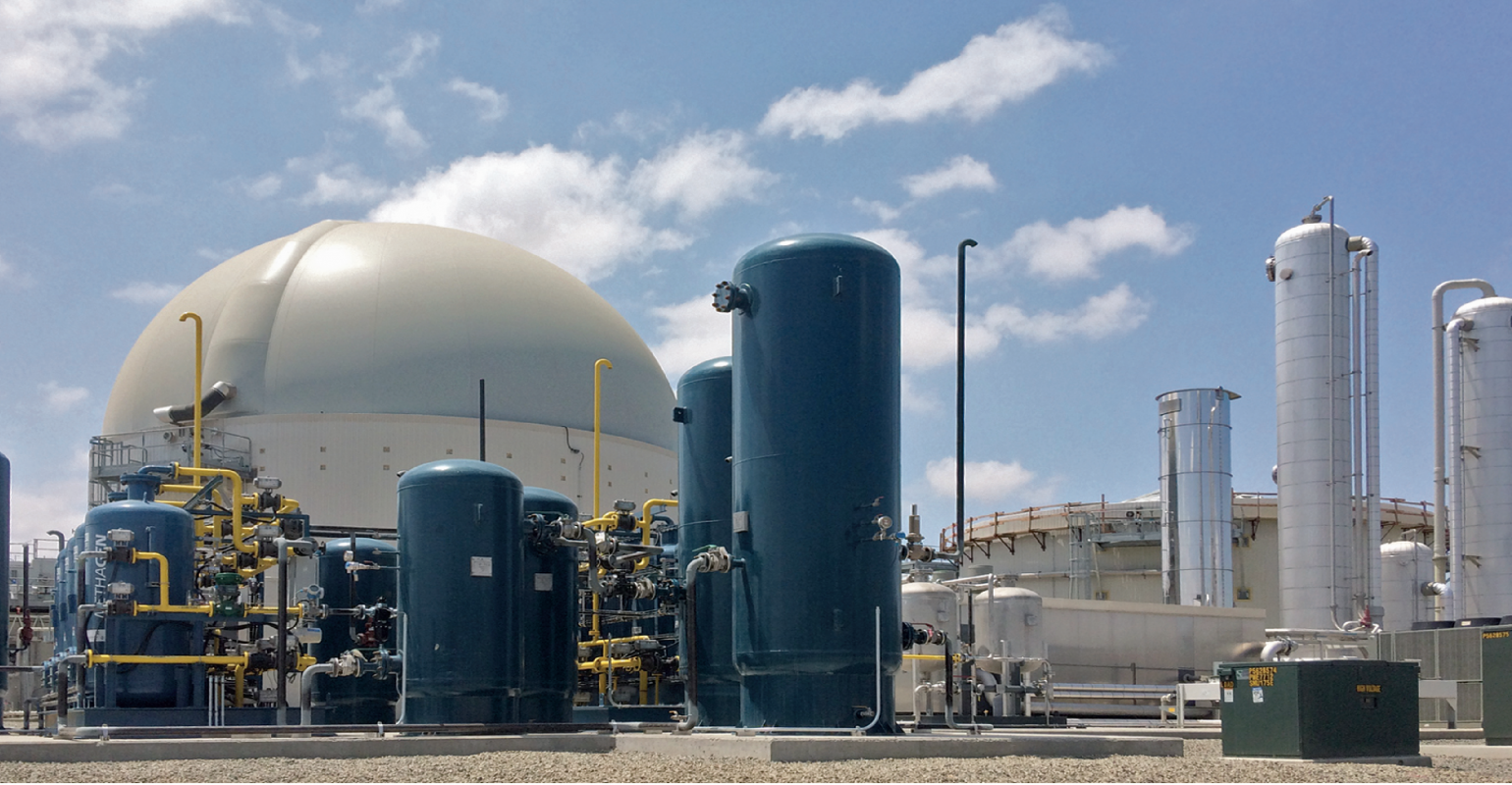

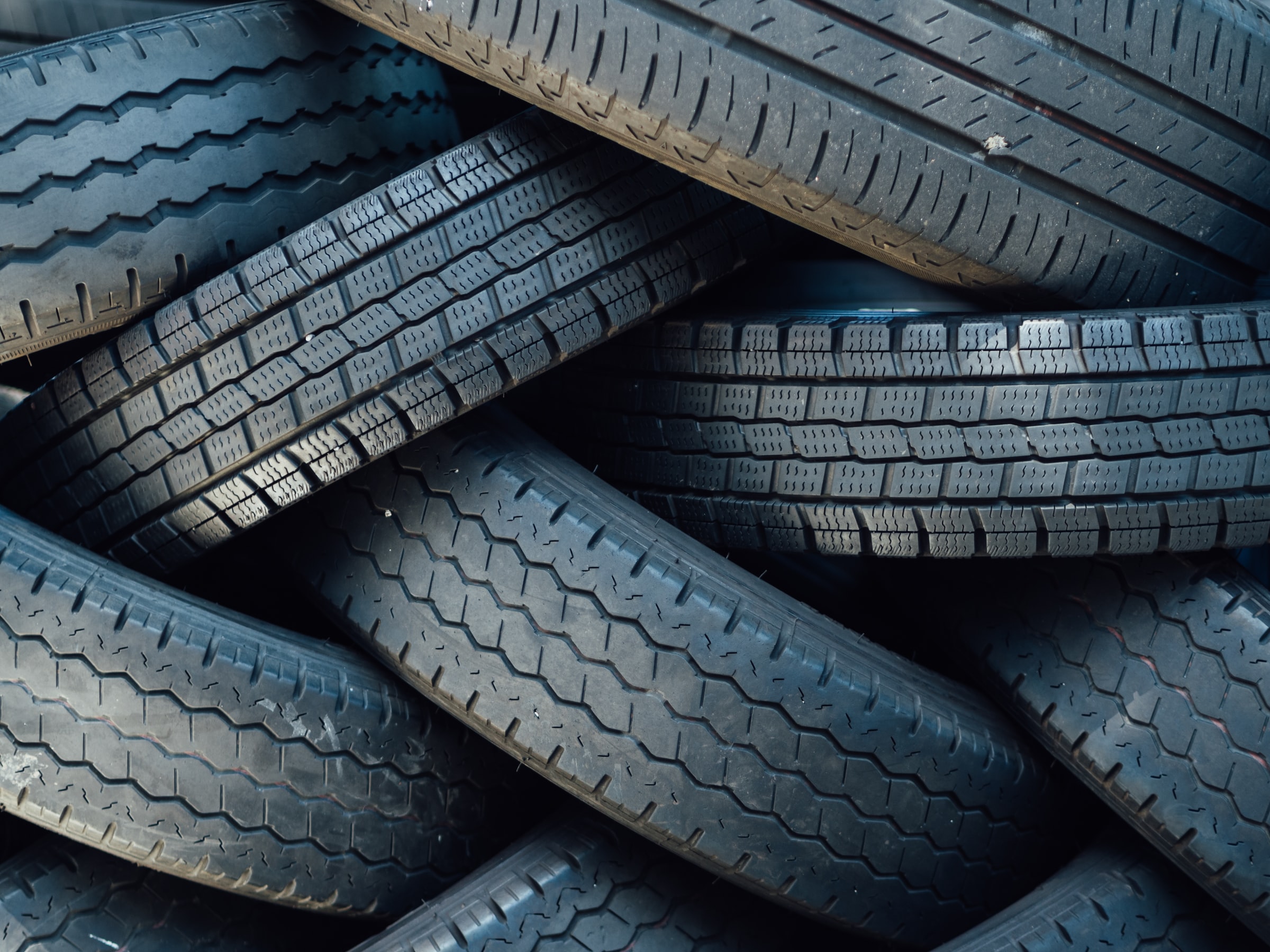
TyreMaax™ is a complete system design which utilizes existing and proven state-of-the-art pyrolysis technology designed to produce commercial quantities of electricity from Tyre Derived Fuel (TDF) which utilizes old, used, discarded, tyres to produce electricity, while maximize the economic benefits of byproducts (i.e., steel, carbon-black, sulfur, syngas and biodiesel) produced during the disposal process. TyreMaax™ is deigned to be a complete, moduar, turnkey solution for the disposal of tyres ranging from 50 tons of tyres per day or 16,000 tons per year.
